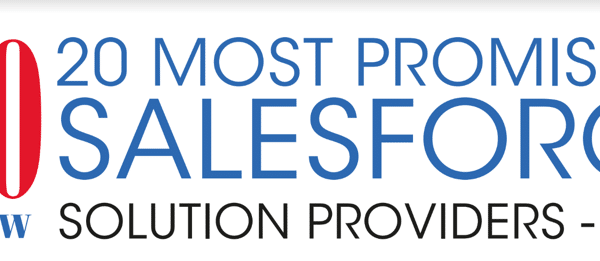Meeting Mapper for Salesforce captures over 50 individual metrics from each meeting.
I often hear managers say they are tracking their team’s activities. When I ask what they are tracking, I normally get the same response, their teams’ sales meetings. Ok I get they are tracking sales meetings, but is that really tracking activity? Not really. You have to track what is going on in the sales meetings. Meetings don’t drive revenue, specific activities drive revenue. You want to track things like who attended the meeting, what were their role(s), their stances (for, against, etc.), and what was the level of their participation. Did the meeting meet the goal and objectives that were set? Was a goal and objective even set before the meeting? These types of activities along with the meeting notes (public and internal) are among the things that need to be gathered and tracked.
When I look at my sales team, I have a few dashboards built which answer some important questions.
- How many meetings (Per Rep, Team, Region, Geo) did they have last month, this month and scheduled for next month? This allows me to determine overall activity level.
- How many meetings per stage of an opportunity? This gives me a feel for how many meetings are generally required to close deals from an historical perspective and helps flags deals that may be stuck.
- How many meetings for per account? There may be multiple opportunities for an account and more than one account team. This shows me the overall activity per account. This helps me balance efforts across my book of business.
- What Customer Roles have been identified? If the critical roles have not been identified, the odds of the deal closing are greatly reduced. There are a couple of typical scenarios at play here. 1) Your account team has not identified the critical roles and may need some assistance or mentoring. 2) The customer is unwilling to provide this information in which case it may be time to walk away from the deal or redirect efforts in another direction.
- How many meetings per industry? This shows me a comparison of meetings per industries and can help flag if particular industry-specific deals will require more meetings to close the deal.
- What has been the stance of all the meeting attendees over an opportunity? This allows me to see over the course of an opportunity what is being said and/or done to move customers to the “For” stance and ultimately what are the things that are closing deals.
- What opportunities have been assigned Executive Sponsors? I have a rule I use with my Account Reps; if there is someone attending your meetings with which you don’t have a direct relationship and they are a level in the organization (i.e. Executive) that can help close the deal, assign them an Executive Sponsor.
- What is the percentage of the meetings done remote vs. on-site? This helps me to ensure I have the correct ratio of inside sales to outside sales.
- What messages are resonating in the meetings; What’s Hot and What’s Not? This allows me and the marketing team to build presentations, email campaigns and other marketing activities based on what our current and future customers like about our products, solutions and company.
Not to beat a dead horse, but when you track team activity, track meaningful activity. This is what will help ensure you and your team will hit your revenue targets.
I would like to know what you track to understand team activity.



